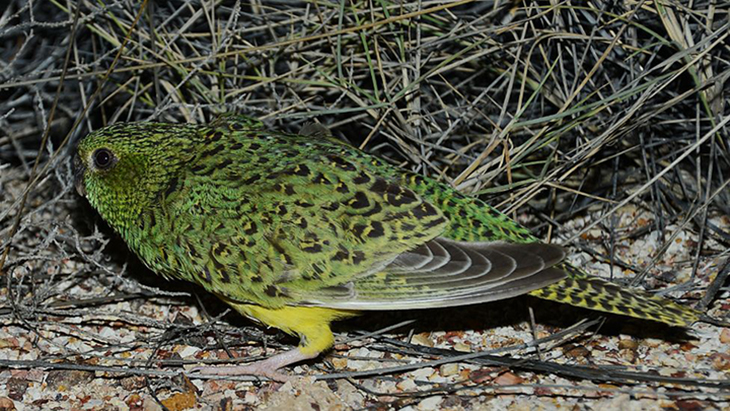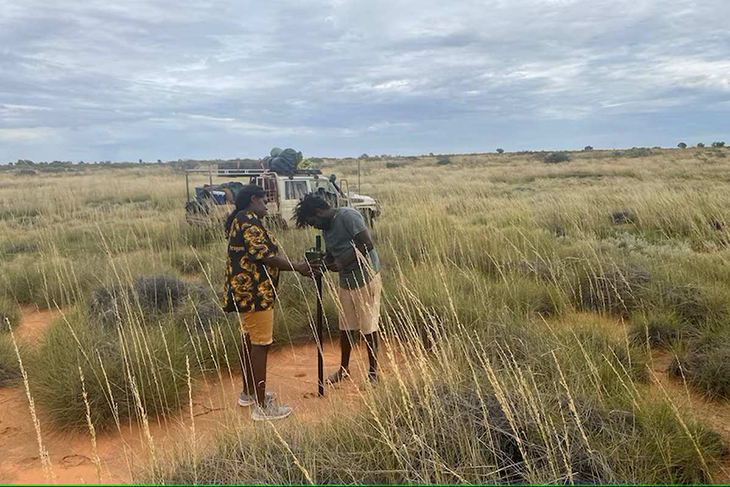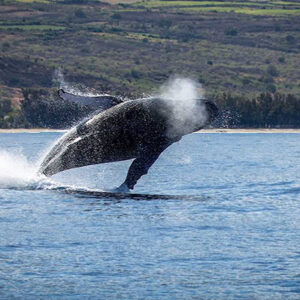
ABC News Australia reports a significant breakthrough in indigenous-led conservation efforts, where rangers from the Kiwirrkurra traditional owners have documented the vocalizations of the night parrot, one of the rarest birds globally.
The night parrot, a captivating enigma of the natural world, is a ground-dwelling bird with the unique habit of conducting all its calls within spinifex bushes after the sun sets. This distinctive behavior adds to the allure of this already mysterious creature.
Unfortunately, the night parrot faces severe threats due to habitat reduction caused by feral cats and fires, leading to its classification as critically endangered. The Kiwirrkurra ranger team, situated in a remote area of the Gibson Desert in the central regions of Western Australia, has now joined the ranks of four other teams in successfully recording the calls of these elusive birds.
This indigenous-led conservation initiative not only sheds light on the precarious status of the night parrot but also exemplifies the crucial role local communities play in preserving and understanding the delicate balance of ecosystems. The collaboration between traditional owners and conservation efforts highlights the potential for effective strategies in safeguarding endangered species and their habitats.
“It made me really excited that the night parrot still exists there, because it means we’re doing lots of good work,” Kiwirrkurra ranger coordinator Ed Blackwood said when he spoke to ABC. “If that’s there, it means lots of other animals can live and be happy in that same area.”
The recorded calls of the night parrot serve as crucial data points for conservation efforts, aiding in the identification and delineation of their current habitat areas. Once a substantial number of these recordings are amassed, researchers dedicated to studying the night parrot can then propose targeted conservation measures for specific locations.
In the current year, rangers from Kiwirrkurra strategically installed sound recording stations in five distinct areas. These stations captured the nocturnal sounds, which were subsequently transmitted to Dr. Nick Leseberg, a renowned night parrot expert affiliated with the University of Queensland. Due to the bird’s consistent calling sequence, distinguishing these calls within the field recordings poses a manageable challenge.
However, the true complexity lies in the strategic placement of the monitoring stations. Determining the optimal locations for these monitors is a critical aspect of the conservation effort, requiring careful consideration and planning to ensure the effective capture of valuable data on the elusive night parrot’s behavior and habitat usage.

(Janine West and Conway Gibson put up song meters in order to detect the night parrot’s call.)
“Every time we get a new dot on the map, that extends the range of the night parrot just a little bit further. It’s critical,” Dr. Leseberg told ABC.
ABC News had successfully interviewed indigenous owners who shared the significance of the night parrot’s call in their culture. One of the interviewees, Nolia Yurrkultji Ward, recounted how her mother used to advise her to go to bed when the night parrot called during her childhood. At that time, the call invoked fear as it was believed to be a signal of the presence of evil spirits. However, in the present, Ms. Ward no longer associates the calls with fright but rather cherishes them as reminders of her nostalgic childhood.
The recent discovery of night parrots in Gibson designates the Kiwirrkurra community as guardians of four endangered species, which include not only the night parrot but also the great desert skink, the bilby, and the princess parrot.
Despite the unremarkable nature of the night parrot’s call—a sequence of three short whistles followed by a chatter—the bird itself is regarded as enigmatic, adding to the allure of its auditory presence.
This finding underscores the growing recognition of the importance of audio-focused conservation efforts. Traditional methods such as camera trap surveys, while labor-intensive, may not be able to provide accurate insights into the population density of targeted animals. By employing soundscapes to map entire ecosystems, conservationists can gain a more comprehensive understanding of the distribution and density of various species, as well as the overall health of the ecosystems, given that numerous animals communicate through vocalizations.
What are your thoughts? Please comment below and share this news!
True Activist / Report a typo


